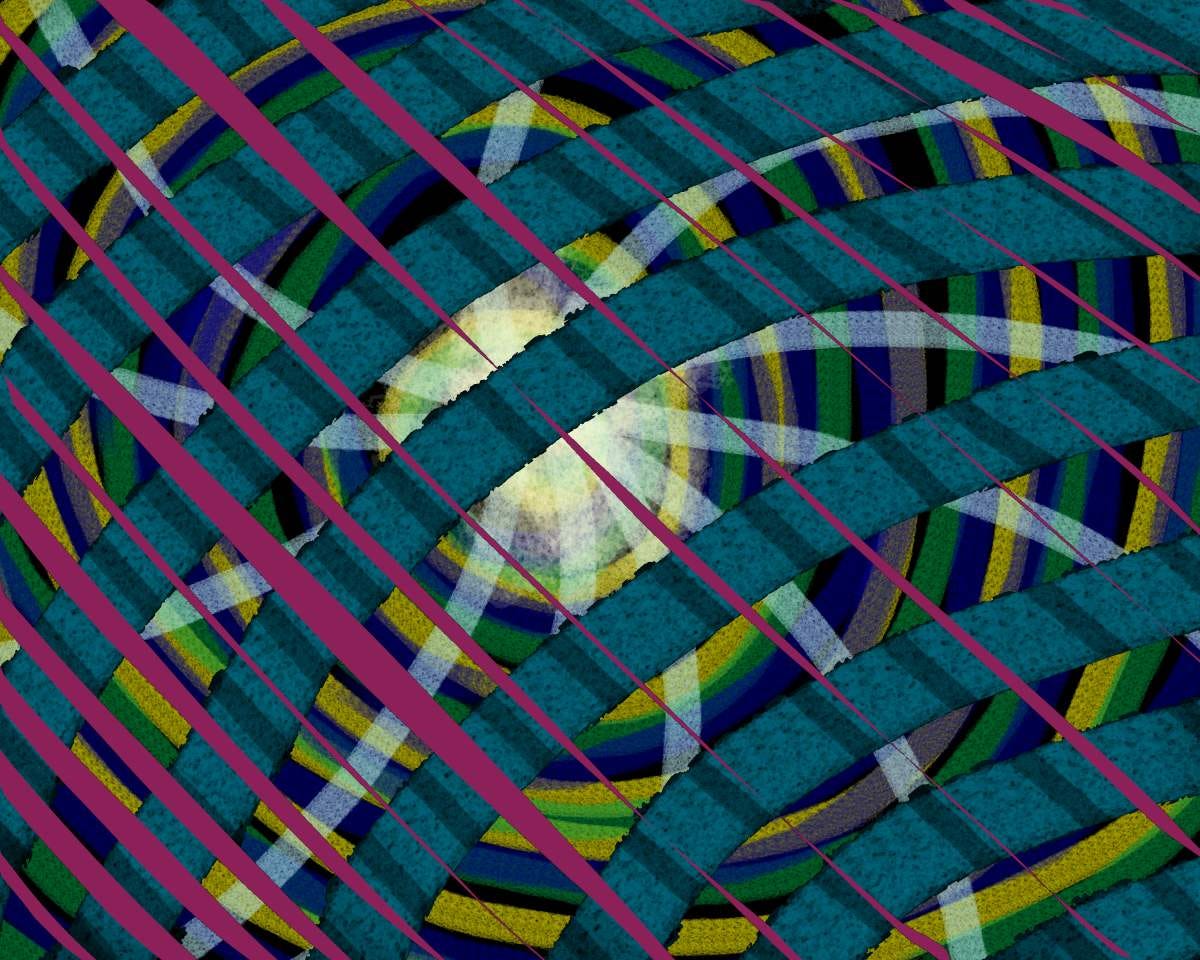The James Webb Space Telescope deep field images has shown us impossible, fully formed galaxies where there ought to have been evidence of a Big Bang.
This has sent the cosmological community into massive fit of denial, a complete breakdown, a refusal to face up to the simplest observational evidence.
A fact that would be clearly understood by any butcher, baker or candle-stick maker remain an obscure mystery to cosmologists that have for decades been steeped in a Big Bang mindset.
We’re looking at a real Cosmology crisis, and it boils down to this simple observation:
There is no ‘Dark Ages’.
This was an epoch supposed to exist just after a theoretical Big Bang, a realm of primordial particles containing nothing bigger than a dust mote.
Instead, JWST deep field images describe fully fledged garden variety spiral galaxies that are fully formed.
The most notable observation that can be made of this seems to have largely escaped the attention of the cosmological community; the Dark Ages were a prediction based on the present accepted interpretation on cosmic redshift, a belief that it provided an evolutionary guide going back to the moment of Big Bang creation.
The absence of this epoch demonstrates that the present interpretation of cosmic redshift has proven to be wrong. I repeat: This has proven to be wrong.
There never was a ‘Dark Ages’ as intended to be predicted by present cosmic redshift interpretation, therefore this interpretational application that has been imposed upon the fabric of our Universe is invalid.
It is false, in error.
It is a dead parrot.
This is not to say that cosmic redshift is disqualified as a useful tool. Although we now know it fails to describe evolution through time, It is still relevant as a means to describe distance, although we can no longer take the interpretation of cosmic acceleration (expansion of the Universe) at face value. If it couldn’t predict a ‘Dark Ages’, what is the logical run-on from that?
This basic flaw in cosmic redshift interpretation does not seem to bother cosmologists in the slightest, as they plunge into their ‘Cosmology Crisis’ teacup.
Basically, this boils down to the speed with which the Universe is expanding. Quantum mechanics says one thing (which I won’t go into here), cosmologists - still using the obvious faulty cosmic redshift paradigm - says another.
Using a bankrupt interpretation of redshift leaves the entire enterprise as relevant as a used, wet tea bag.
So one has to ask the question: What is the point of arguing the size of the Universe when the cosmic redshift interpretation is fundamentally flawed?
Stephen Goodfellow 09/22/23



